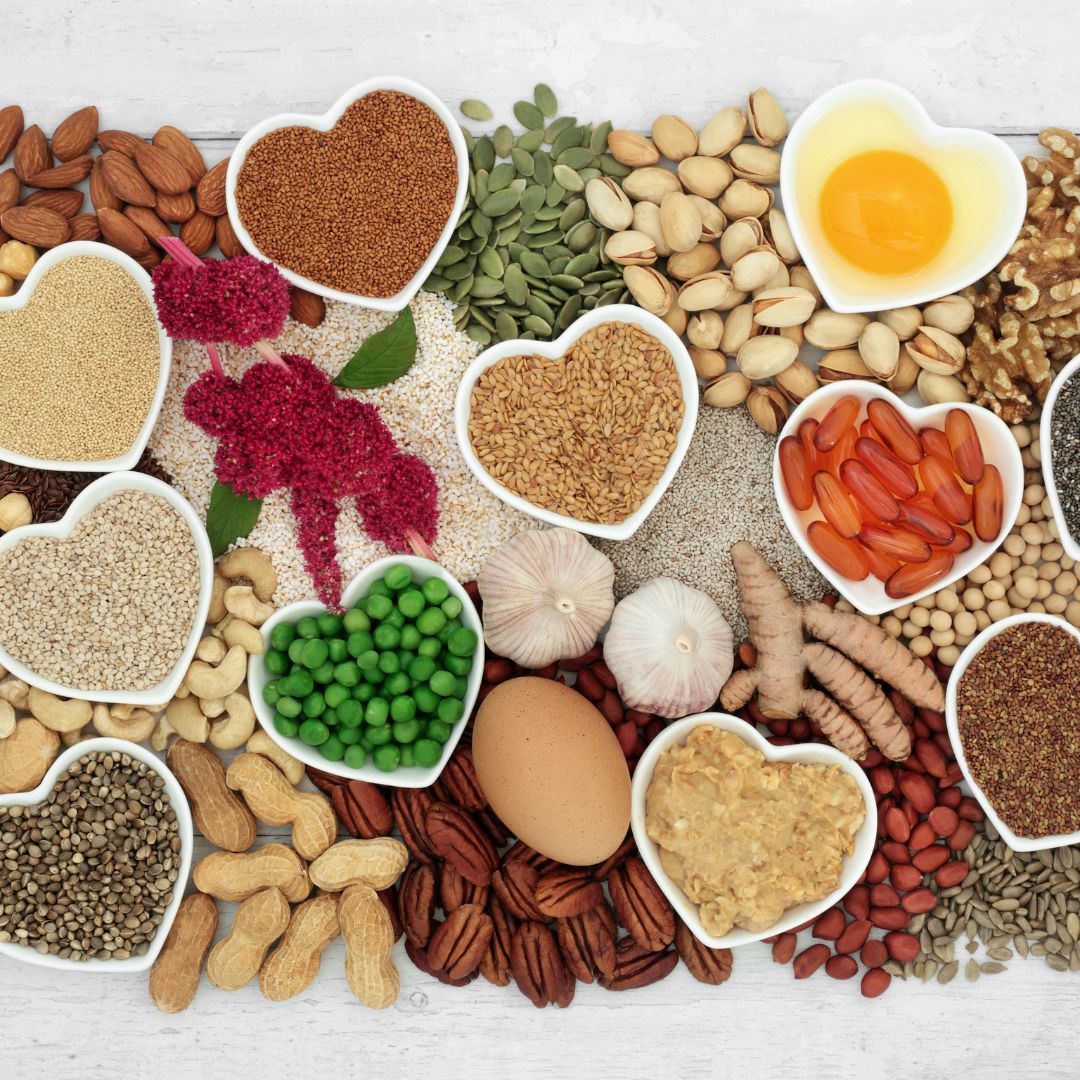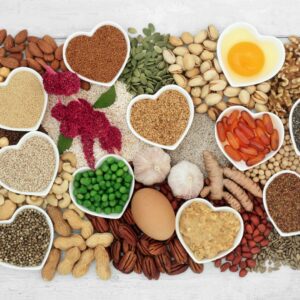
Low Fat High Protein Foods: A Comprehensive Guide to Healthy Eating
In today’s health-conscious world, the focus on diet has shifted significantly towards the importance of macronutrients, particularly protein and fat. For those looking to maintain a healthy lifestyle, understanding the balance between low-fat and high-protein foods is crucial. This blog post will explore the benefits of incorporating low-fat, high-protein foods into your diet, provide a comprehensive list of such foods, and offer tips on how to integrate them into your meals effectively.

Understanding Macronutrients
Before diving into specific foods, it’s essential to understand what macronutrients are and their roles in our bodies:
- Proteins: Composed of amino acids, proteins are vital for muscle repair, immune function, and hormone production. They are essential for growth and development.
- Fats: Fats provide energy, support cell growth, protect organs, and help absorb nutrients. However, not all fats are created equal; some are beneficial while others can be harmful.
- Carbohydrates: While not the focus of this article, carbohydrates are the body’s primary energy source. Choosing complex carbohydrates over simple sugars is advisable for sustained energy.
The Importance of High Protein Low Fat Foods
- Weight Management: High-protein foods can promote satiety, reducing hunger and aiding in weight loss or maintenance. Low-fat options help keep calorie intake in check.
- Muscle Building: Protein is crucial for muscle repair and growth, making it essential for those engaged in regular exercise or strength training.
- Improved Metabolism: A higher protein intake can boost metabolism as protein has a higher thermic effect than fats or carbohydrates.
- Healthier Choices: Opting for low-fat protein sources can reduce the risk of heart disease and other health issues associated with high saturated fat intake.
Top Low Fat High Protein Foods
Here’s a detailed list of some of the best low-fat high-protein foods you can incorporate into your diet:
1. Skinless Chicken Breast
- Protein Content: Approximately 25 grams per 3 ounces
- Fat Content: About 3 grams
- Benefits: Lean source of protein that is versatile and easy to cook.
2. Turkey Breast
- Protein Content: Approximately 27 grams per 3 ounces
- Fat Content: About 2 grams
- Benefits: Low in calories and rich in nutrients; great for sandwiches or salads.
3. White Fish (e.g., Cod, Haddock)
- Protein Content: Approximately 20 grams per 3 ounces
- Fat Content: Less than 1 gram
- Benefits: Rich in omega-3 fatty acids; supports heart health.
4. Tinned Tuna
- Protein Content: Approximately 22 grams per 3 ounces
- Fat Content: Less than 1 gram (in water)
- Benefits: Convenient and packed with nutrients; perfect for salads or sandwiches.
5. Greek Yogurt (Non-Fat)
- Protein Content: Approximately 20 grams per cup
- Fat Content: Less than 1 gram
- Benefits: Probiotic-rich; supports gut health and digestion.
6. Cottage Cheese (Low-Fat)
- Protein Content: Approximately 28 grams per cup
- Fat Content: About 2 grams
- Benefits: High in calcium; great for muscle recovery.
7. Lentils
- Protein Content: Approximately 18 grams per cup (cooked)
- Fat Content: Less than 1 gram
- Benefits: Rich in fiber; promotes digestive health.
8. Chickpeas
- Protein Content: Approximately 15 grams per cup (cooked)
- Fat Content: About 4 grams
- Benefits: Versatile legume; great for salads or hummus.
9. Edamame (Young Soybeans)
- Protein Content: Approximately 17 grams per cup (cooked)
- Fat Content: About 8 grams
- Benefits: Complete protein source; contains all essential amino acids.
10. Quinoa
- Protein Content: Approximately 8 grams per cup (cooked)
- Fat Content: About 4 grams
- Benefits: Gluten-free grain; high in fiber and minerals.
11. Seitan (Wheat Gluten)
- Protein Content: Approximately 25 grams per 3 ounces
- Fat Content: About 1 gram
- Benefits: Excellent meat substitute for vegetarians; very versatile.
12. Non-Fat Milk
- Protein Content: Approximately 8 grams per cup
- Fat Content: Less than 0.5 gram
- Benefits: Good source of calcium; supports bone health.
How to Incorporate Low Fat High Protein Foods into Your Diet
- Breakfast Ideas
- Start your day with a smoothie made from non-fat Greek yogurt, spinach, and berries.
- Prepare an omelet using egg whites with vegetables like spinach and tomatoes.
- Lunch Options
- Create a salad topped with grilled chicken breast or chickpeas for added protein.
- Make a wrap using whole-grain tortillas filled with turkey breast and plenty of veggies.
- Dinner Recipes
- Bake white fish with lemon and herbs served alongside quinoa and steamed vegetables.
- Stir-fry tofu with broccoli and bell peppers for a quick high-protein meal.
- Snacks
- Enjoy cottage cheese topped with fruit or nuts.
- Snack on edamame sprinkled with sea salt or roasted chickpeas for crunch.
FAQs
What exactly are low-fat, high-protein foods?
Simply put, these are foods that pack a significant protein punch while keeping the fat content relatively low. They’re your allies in building muscle, managing your weight, and supporting overall health. Identifying these gems is key to optimizing your diet.
Why is eating more low-fat, high-protein foods a good idea?
This dietary strategy offers a multitude of benefits! Primarily, it aids in muscle building and repair. Protein is the building block of our tissues, so adequate intake is crucial for maintaining and growing muscle mass. It also helps control your appetite, keeping you feeling fuller for longer and reducing cravings. This can be a huge advantage for weight management. Finally, protein is important for immune function, helping keep you healthy and resilient.
Conclusion
Incorporating low-fat high-protein foods into your diet can provide numerous health benefits while supporting weight management and muscle growth. By choosing nutrient-dense options like lean meats, legumes, dairy products, and plant-based proteins, you can create balanced meals that satisfy your hunger without compromising your health goals.As you explore these foods, remember that variety is key to a well-rounded diet. Experiment with different recipes and cooking methods to keep your meals interesting while reaping the benefits of low-fat high-protein nutrition.
